Statistics for Business
VerifiedAdded on 2023/04/04
|9
|709
|408
AI Summary
This document provides solutions to various questions related to statistics for business. It includes computations of covariance and correlation coefficient, interpretation of correlation coefficient, regression line, hypothesis test for significance of slope, coefficient of determination, and more.
Contribute Materials
Your contribution can guide someone’s learning journey. Share your
documents today.
1 out of 9
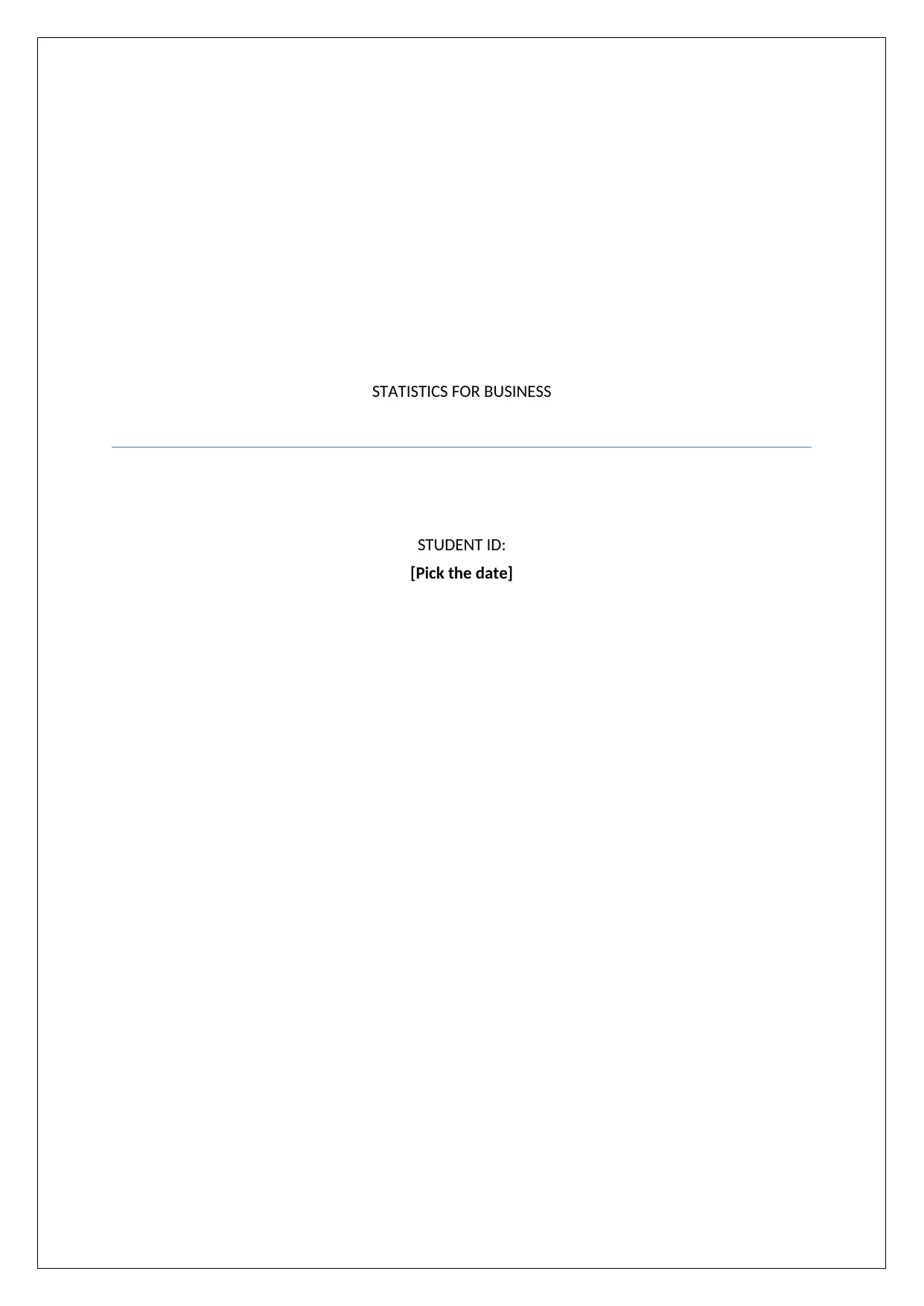
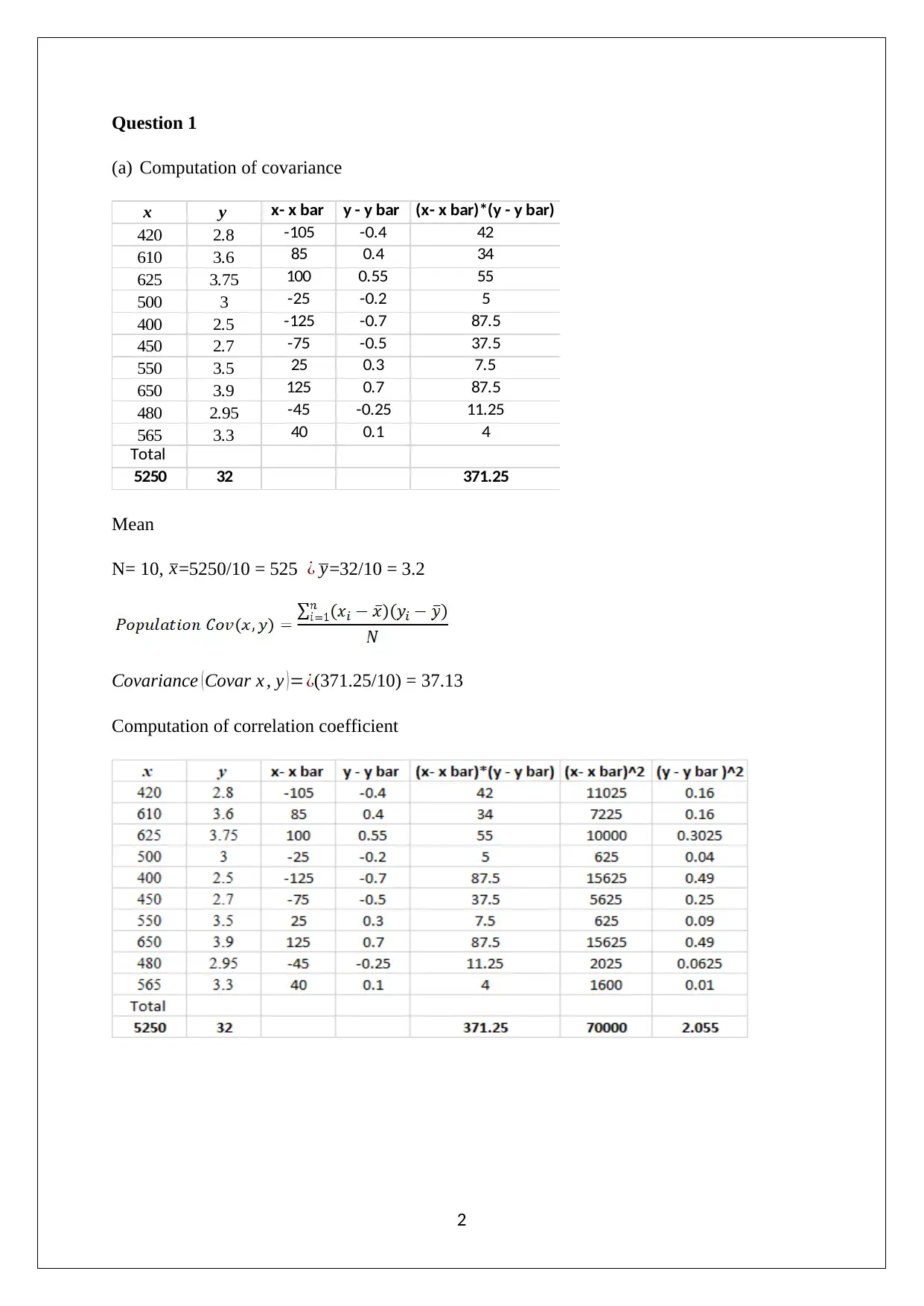
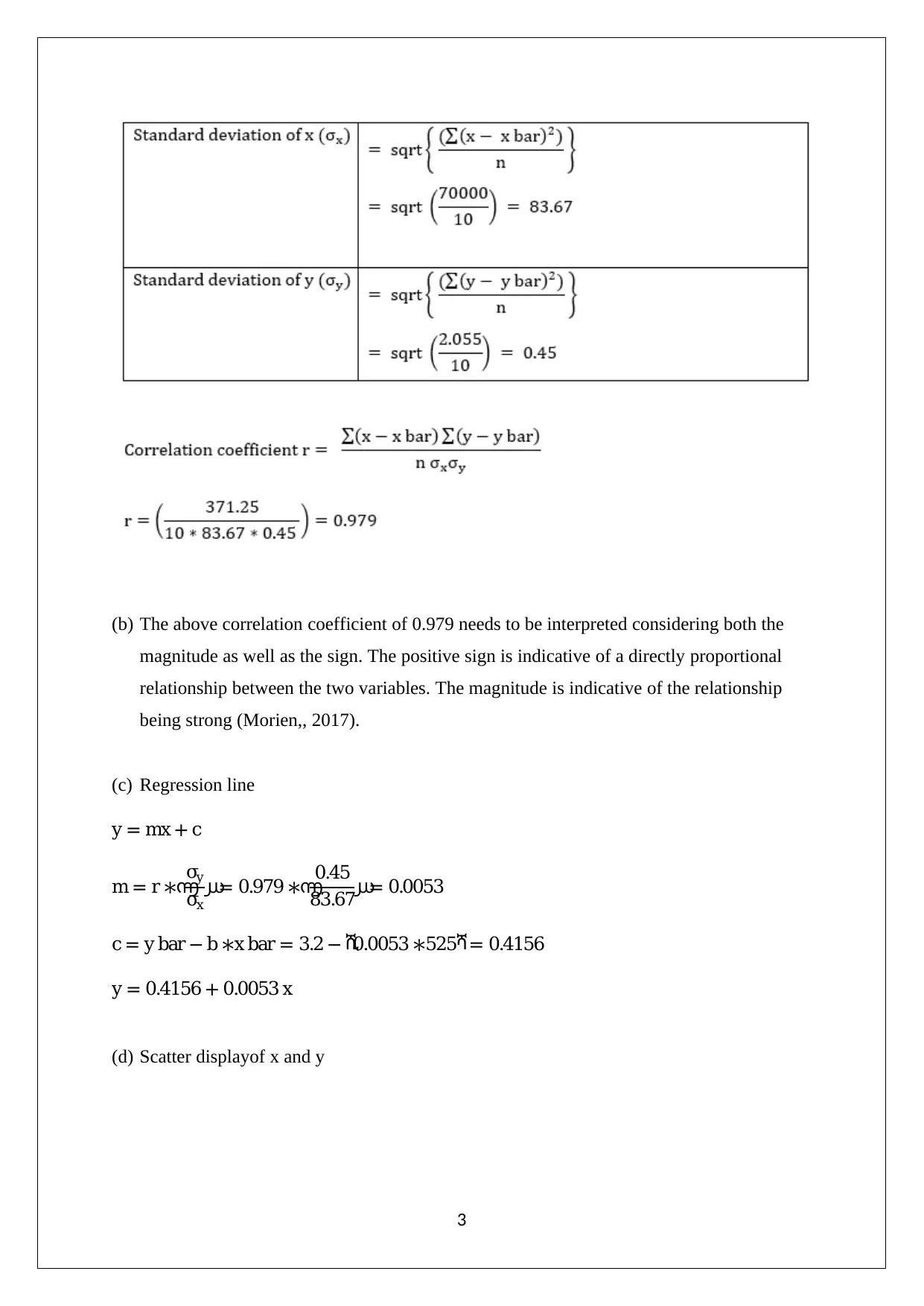

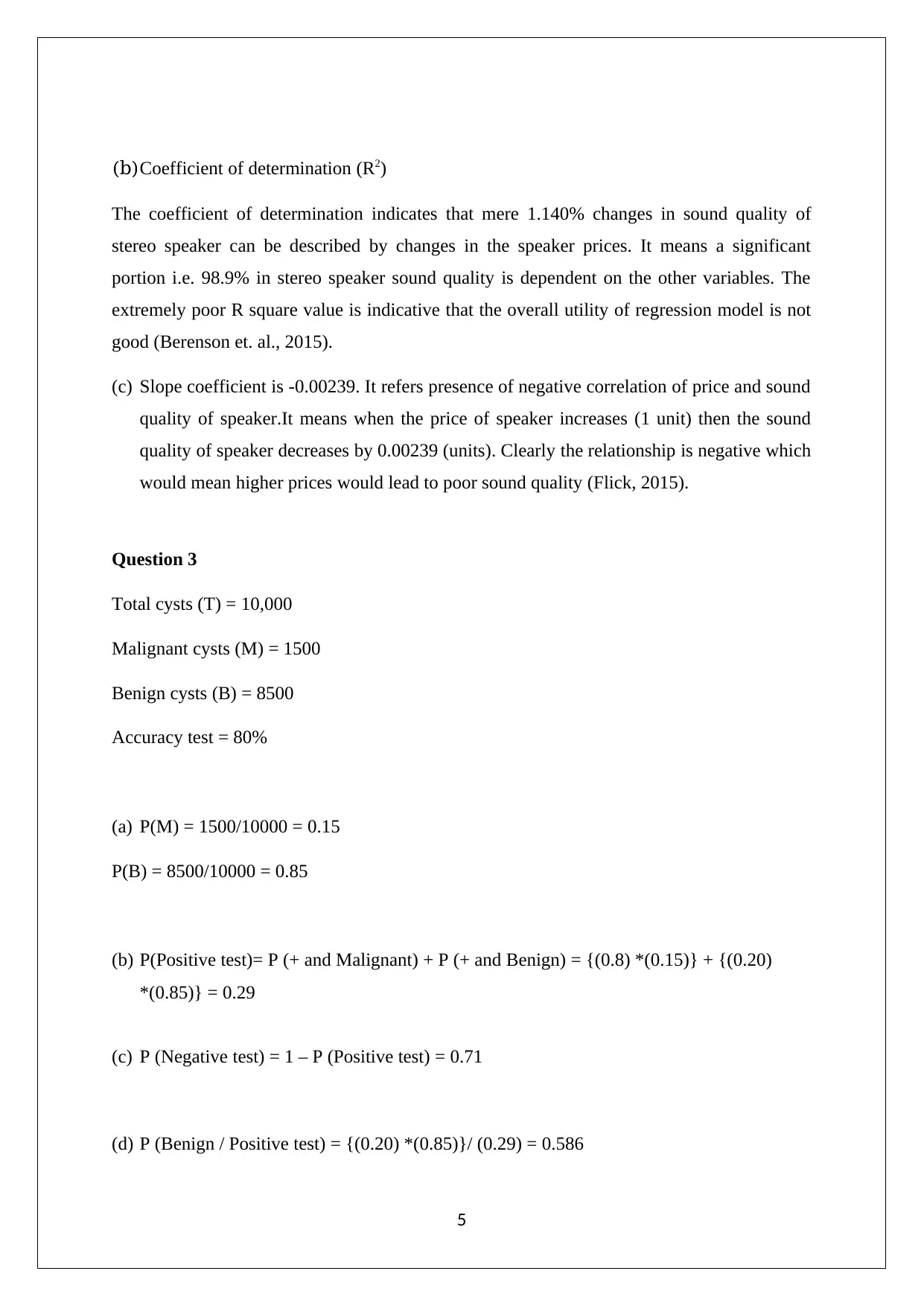
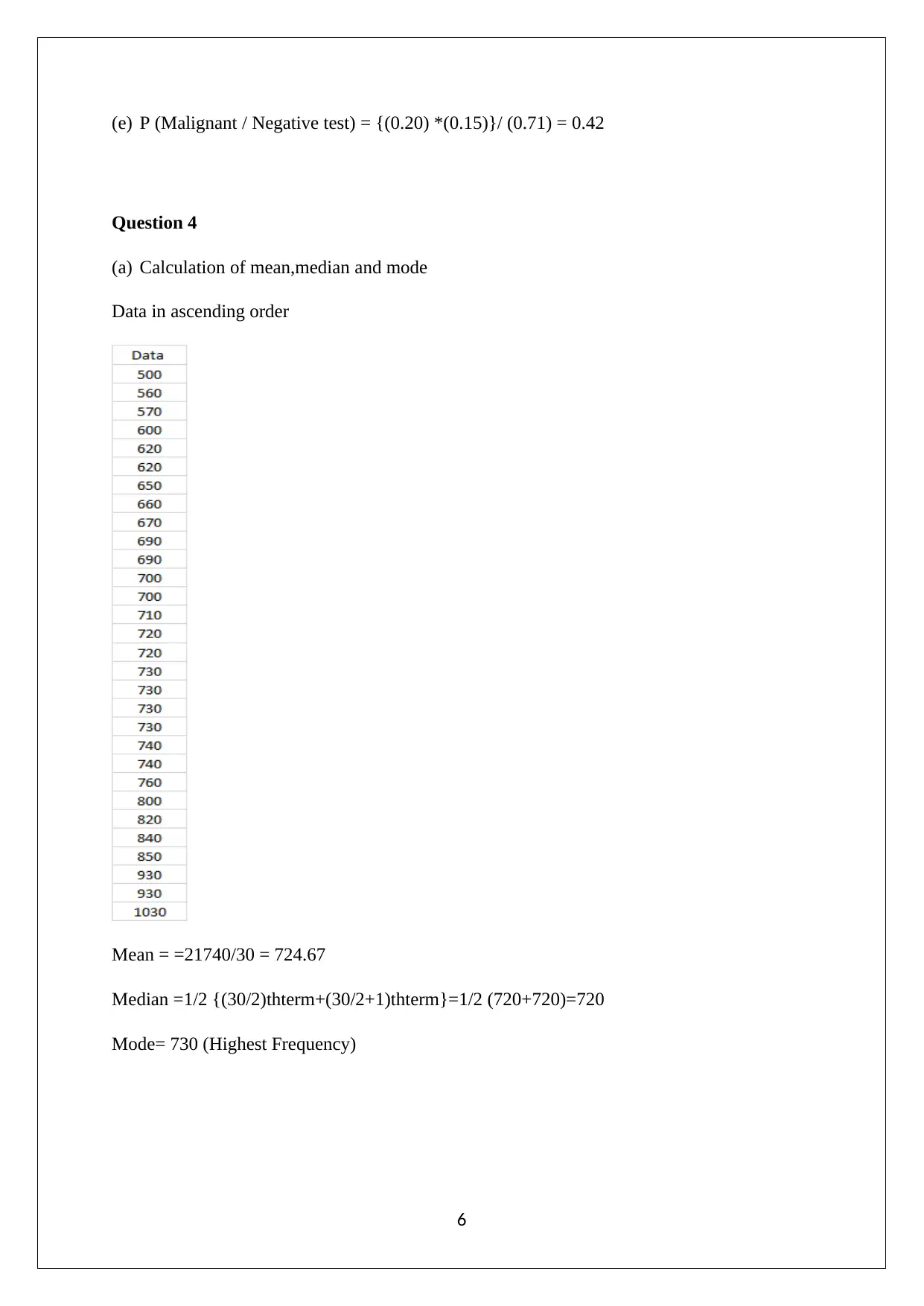
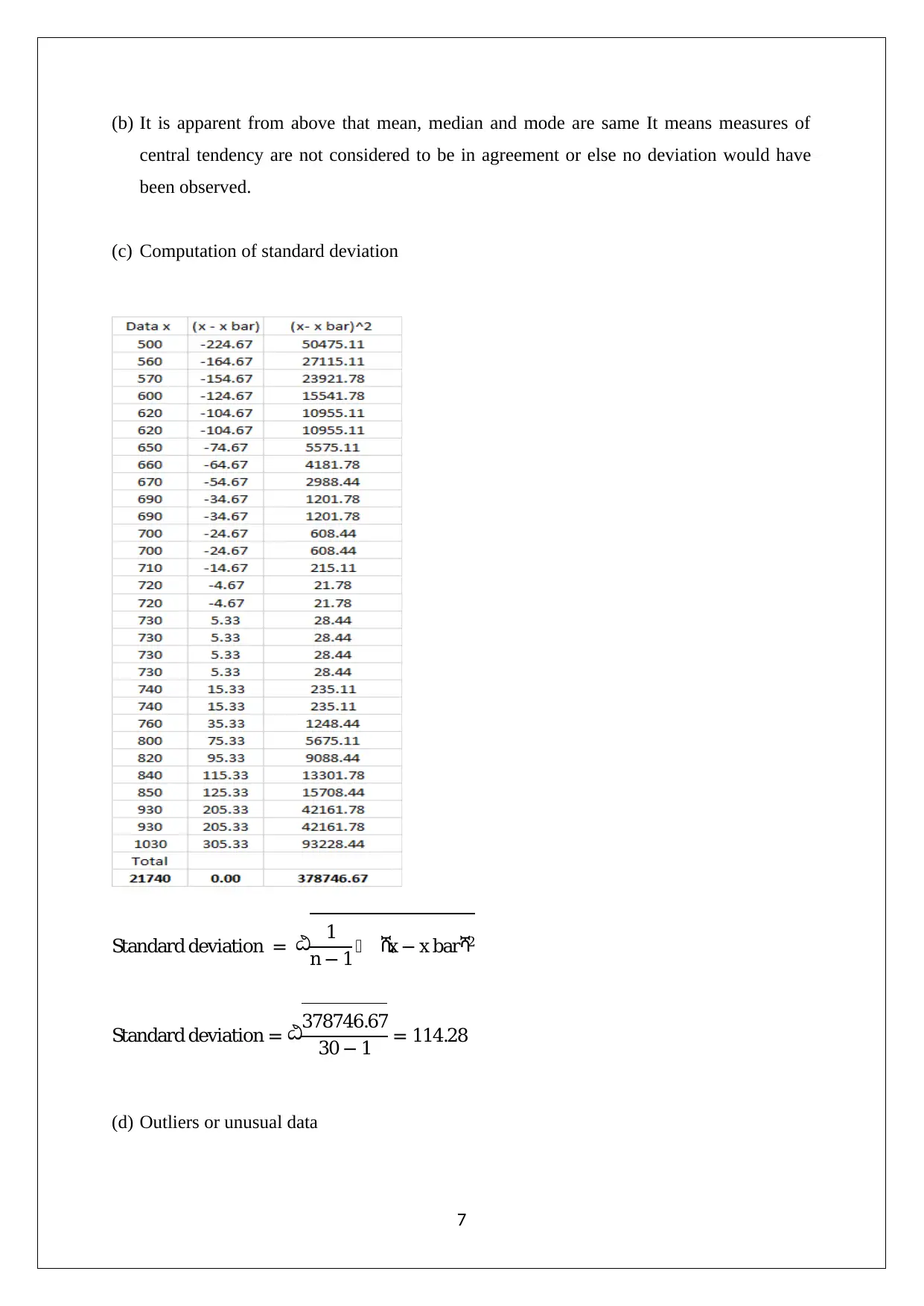
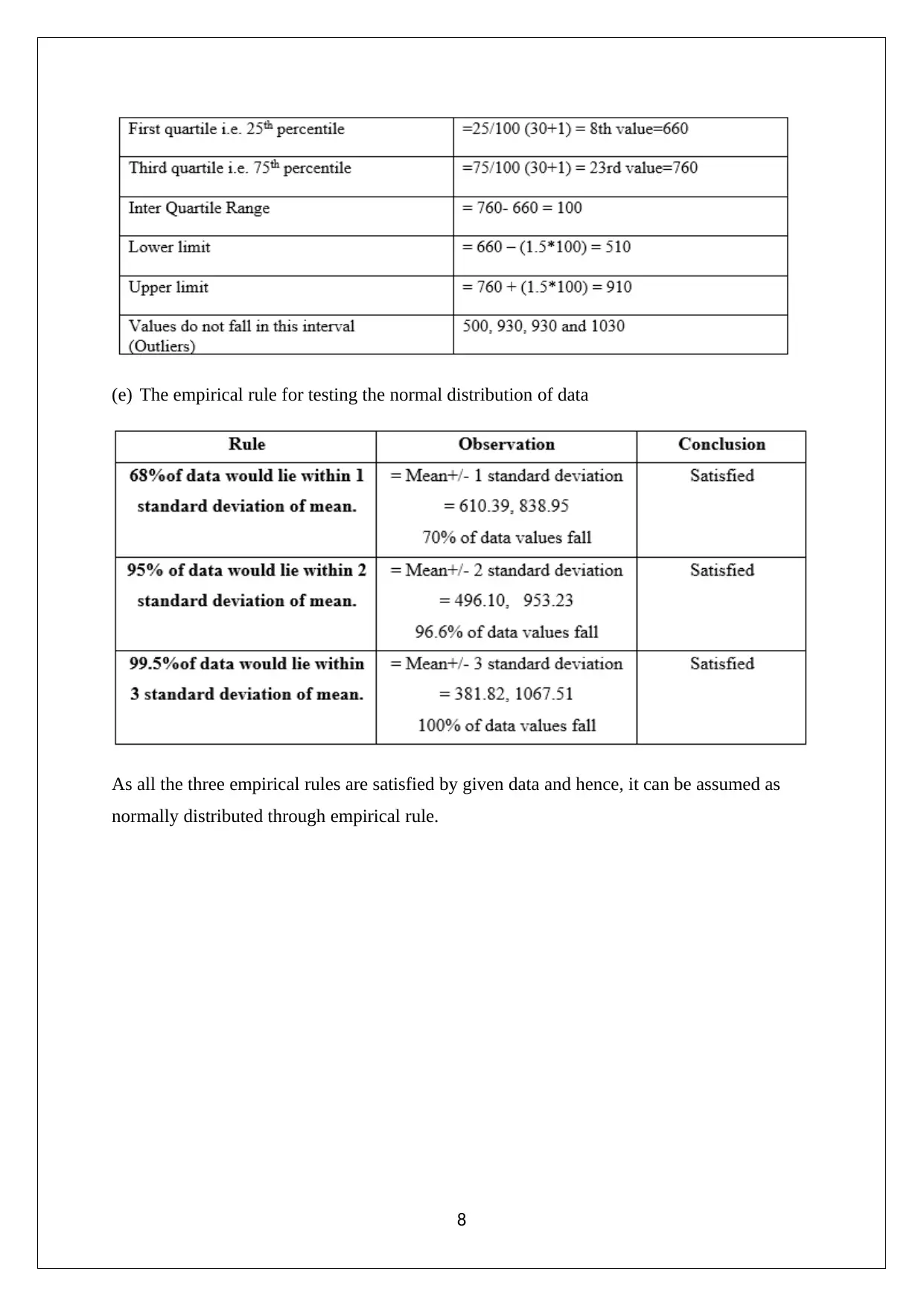
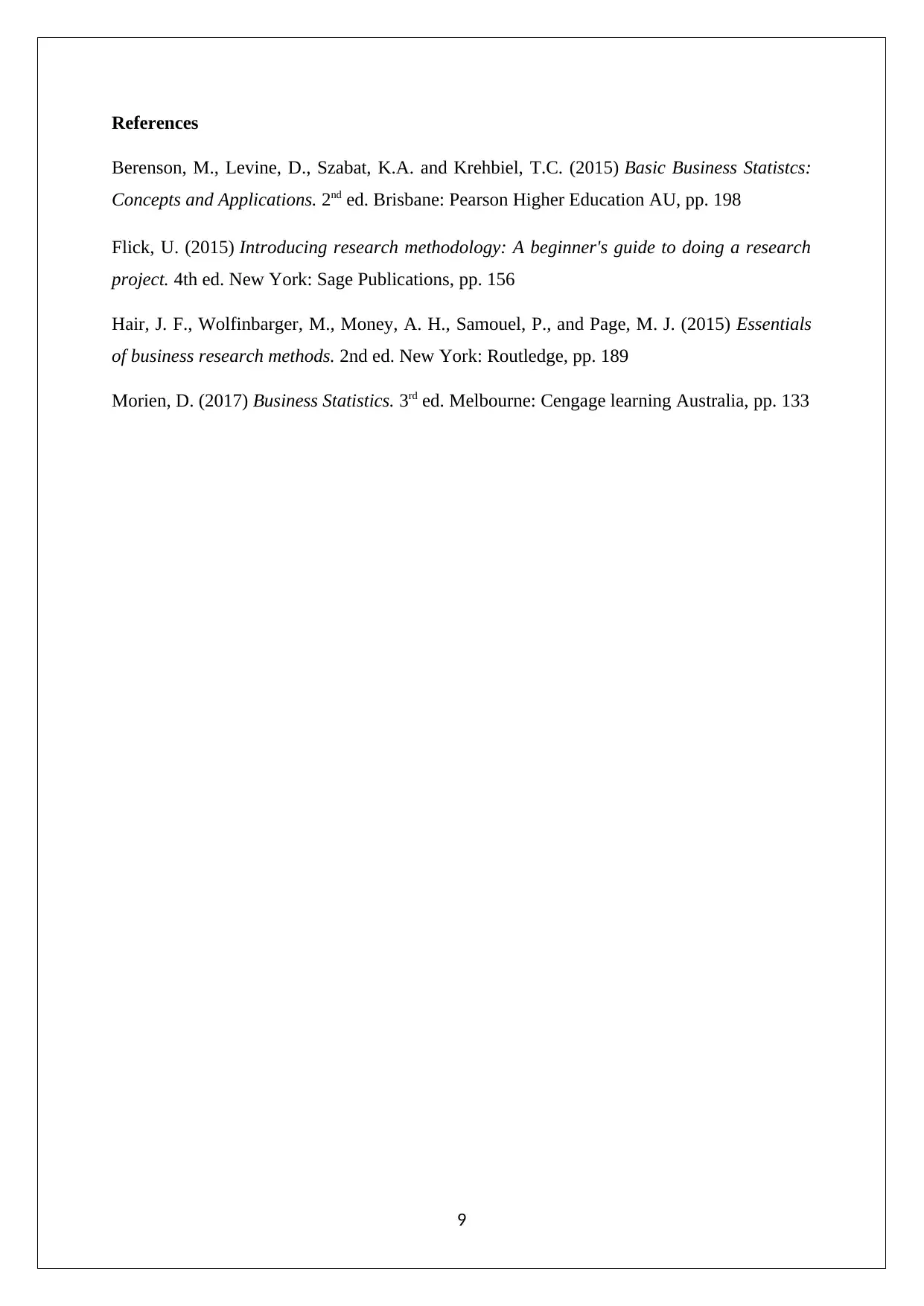


![[object Object]](/_next/static/media/star-bottom.7253800d.svg)